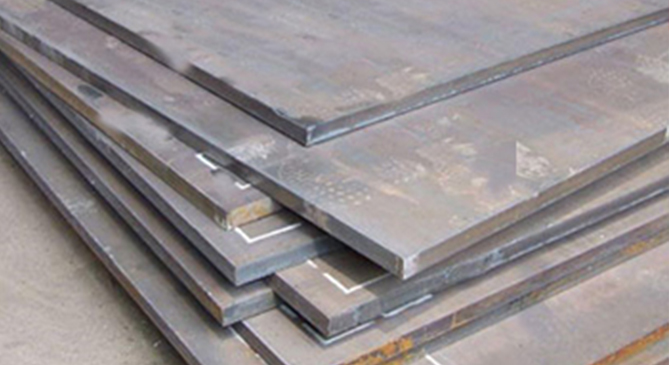Today we look at some of the characteristics of
wear-resistant steel. Wear-resistant steel plate refers to special plate products specially used under large-area wear conditions. It has many models, such as NM360, NM500 and so on. At present, the commonly used wear-resistant steel plate is a plate made of a common wear-resistant layer with high hardness and excellent wear resistance by a surfacing method on the surface of ordinary low carbon steel or low alloy steel with good toughness and plasticity. product. In addition, there are cast wear-resistant steel plates and alloy hardened wear-resistant steel plates. The wear-resistant steel plate is composed of a low-carbon steel plate and an alloy wear-resistant layer, and the wear-resistant layer of the alloy is generally 1/3 to 1/2 of the total thickness. When working, the base body provides comprehensive properties such as strength, toughness and plasticity against external forces, and the wear-resistant layer of the alloy provides wear resistance that meets the requirements of the specified working conditions.
The wear-resistant steel alloy wear layer and the substrate are metallurgically bonded. The high-hardness self-protecting alloy welding wire is uniformly welded on the substrate by special equipment, and the composite layer is layered to two layers or even multiple layers. During the compounding process, uniform transverse cracks occur due to different alloy shrinkage ratios. It is a remarkable feature of wear-resistant steel.
The wear-resistant layer of the alloy is mainly composed of chromium alloy, and other alloy components such as manganese, molybdenum, niobium and nickel are added. The carbides in the metallographic structure are fibrously distributed, and the fiber direction is perpendicular to the surface. The microhardness of carbide can reach above HV1700-2000, and the surface hardness can reach HRC58-62. The alloy carbide has strong stability at high temperature, maintains high hardness, and also has good oxidation resistance, and is completely used normally within 500 °C.
